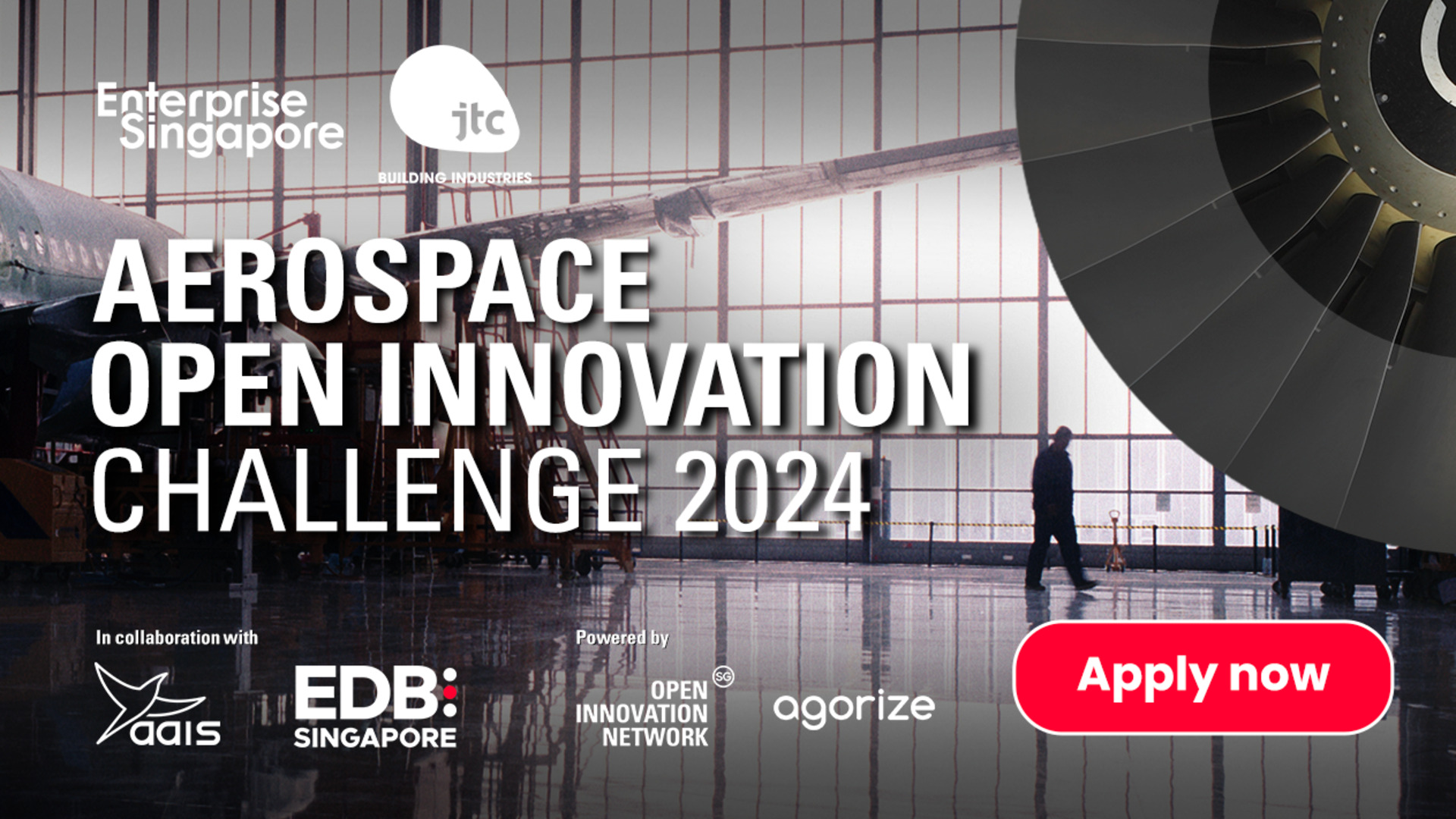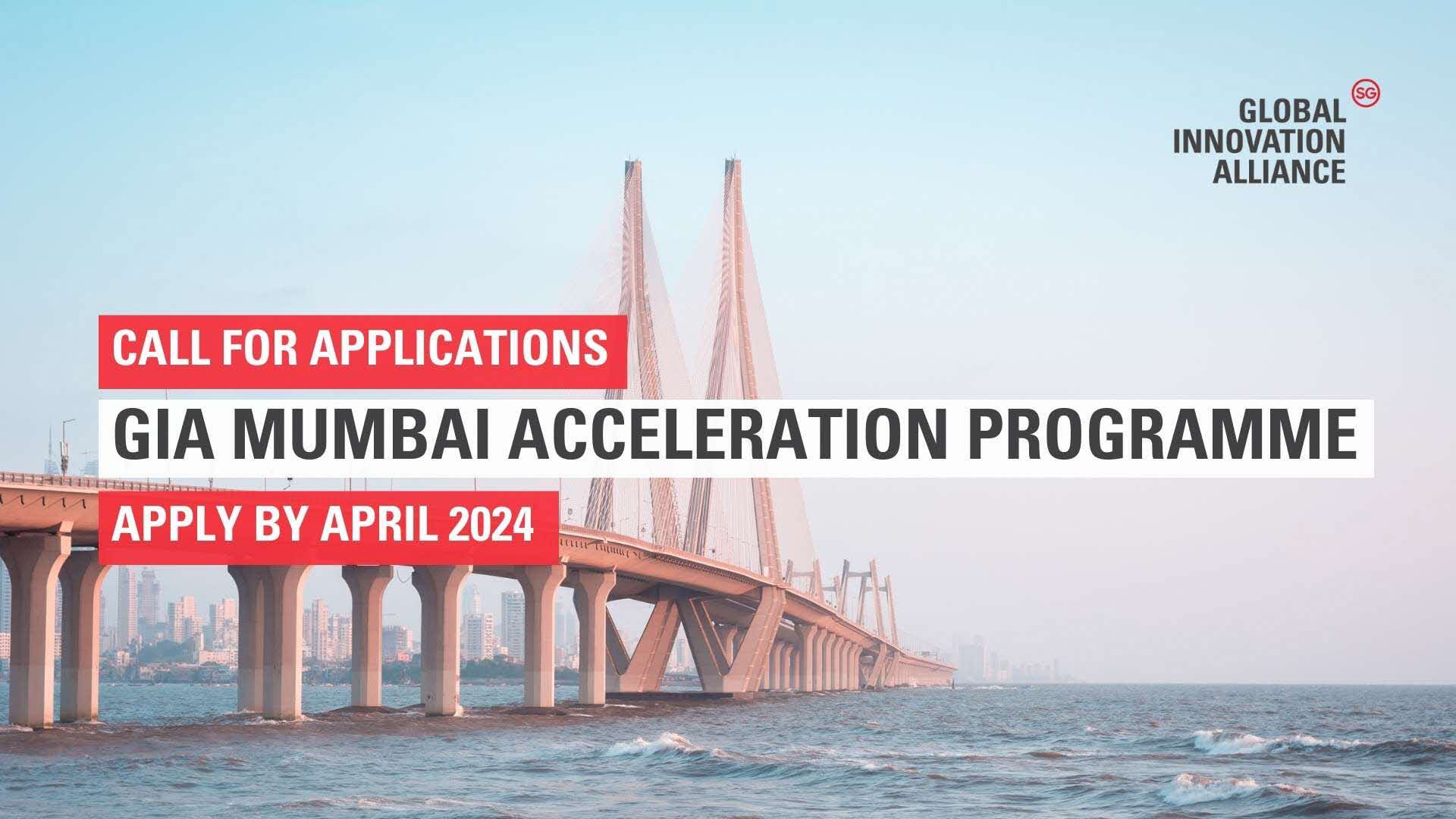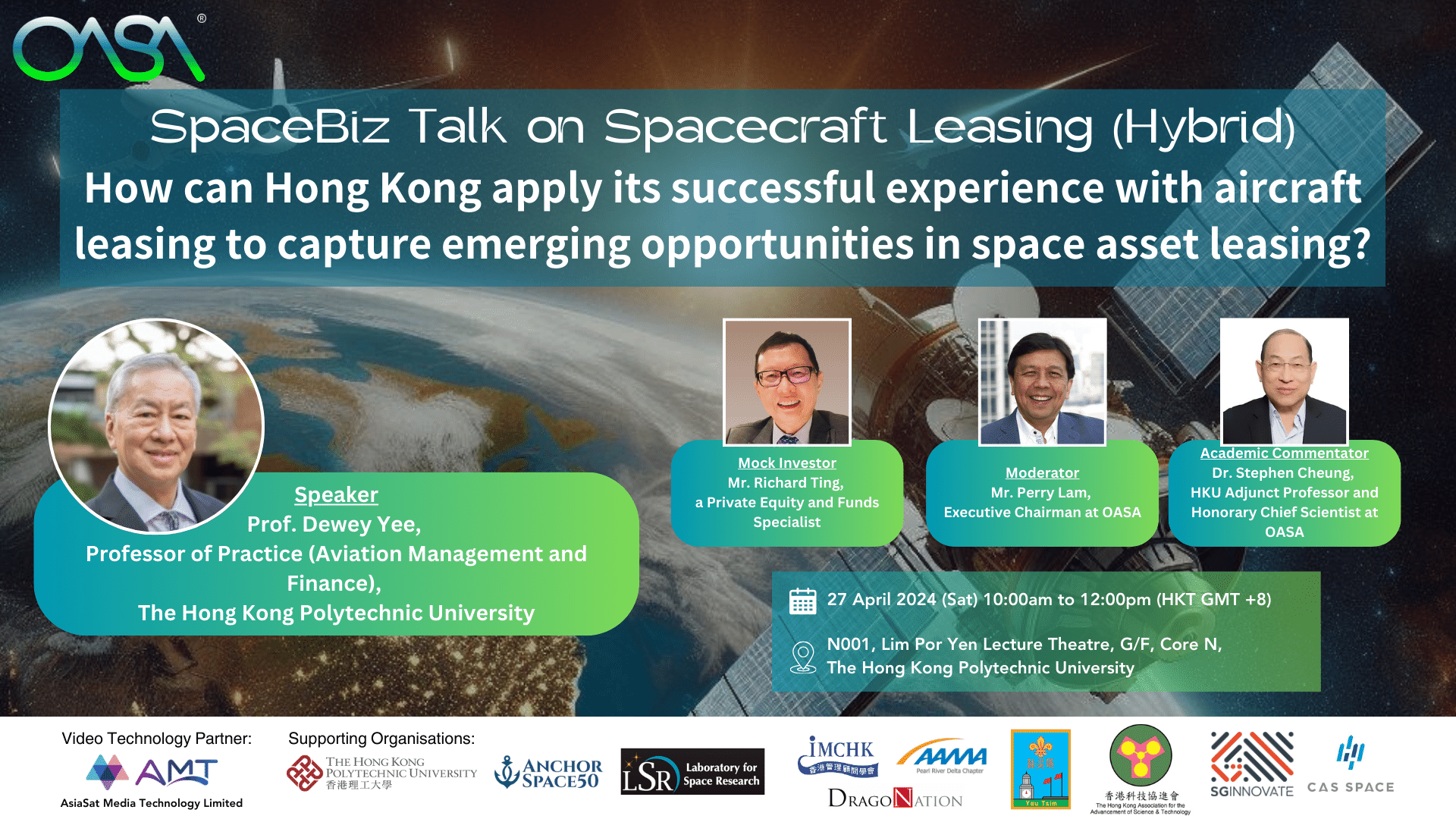Overview
The advent of brighter sources and fast direct-detection detectors in x-ray and electron microscopy are rapidly changing high resolution, dynamic imaging. The most direct impact is the orders of magnitude increase in the number of measurements compared to what was previously possible. With vastly more measurements experimenters can access not just the average signal produced by their samples, but also the statistically significant fluctuations that reveal meaningful sample heterogeneity.
Since these large number of measurements on Nature are unavoidably noisy and incomplete, the classifications and descriptions of her heterogeneity are also largely probabilistic. As a consequence, the analyses of such measurements is highly data-centric, where each measurement has to be considered many times before the analyses converges.
Prof Duane Loh will introduce a relatively new type of data-centric imaging known as single particle imaging, and how it is revolutionizing the way we image nanometer-scale biomolecules and their complexes. This imaging modality may one day help us resolve the complete nanometer-scale structure of all the molecular machinery within individual biological cells.
Speaker Bio:
Prof Duane Loh did a Bachelor of Science at Harvey Mudd College in Theoretical and Mathematical Physics, before doing a PHD in Computational Physics at Cornell University, and subsequently, his post-doctoral research at Stanford Unviersity. Later, he was a LKY postdoc fellow at the National University of Singapore, and currently an assistant professor in Physics and Biology. Since his time at Cornell, Duane has been developing algorithms to probe nanoscale phenomena by examining their signatures, which are hidden in noisy, incomplete and heterogeneous X-ray diffractive datasets. These algorithms were applied during his postdoctoral appointment at SLAC National Accelerator Laboratory to investigate airborne aerosols, tiny viruses, paramagnetic aggregates, and supercooled water using X-ray free-electron lasers.
"





